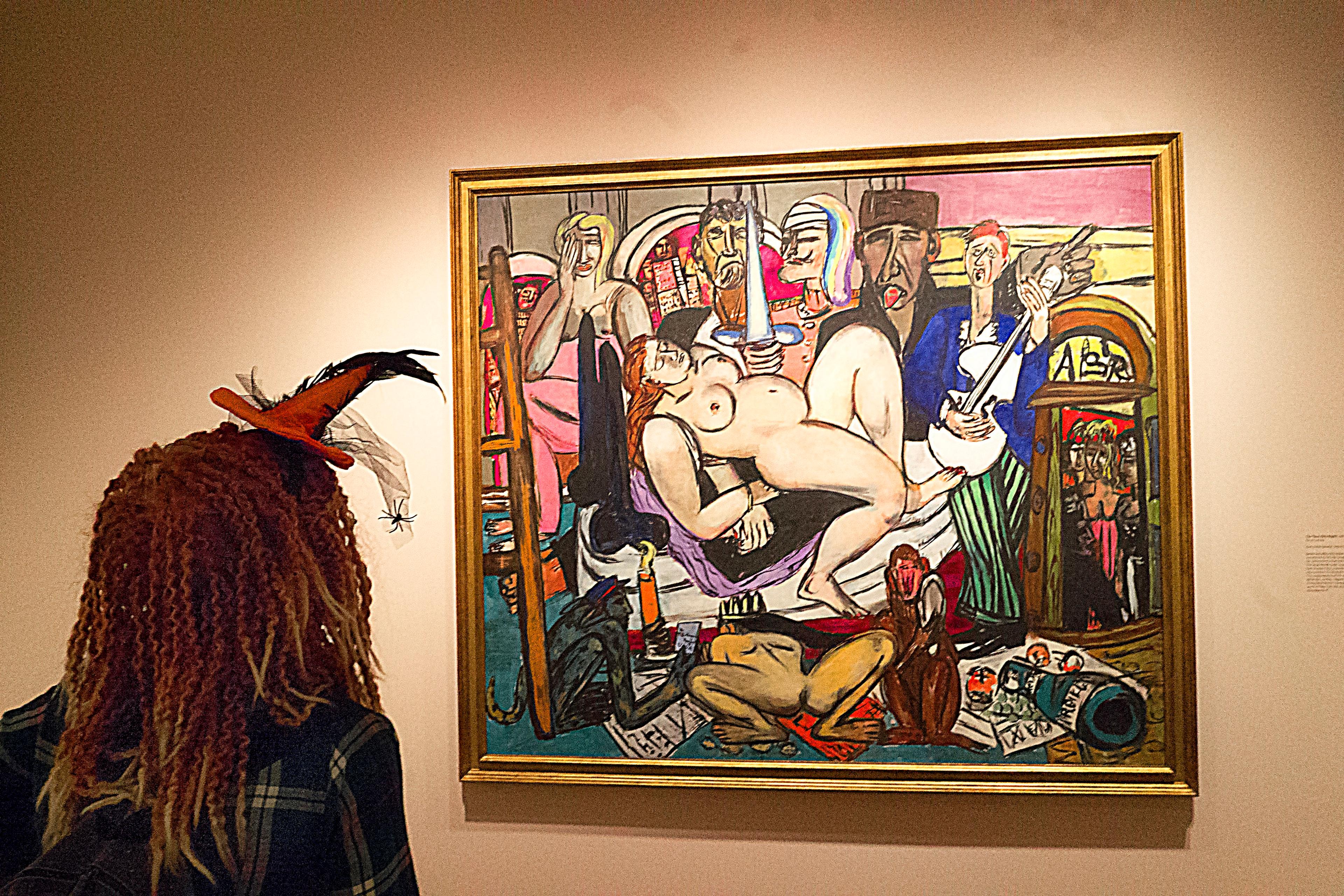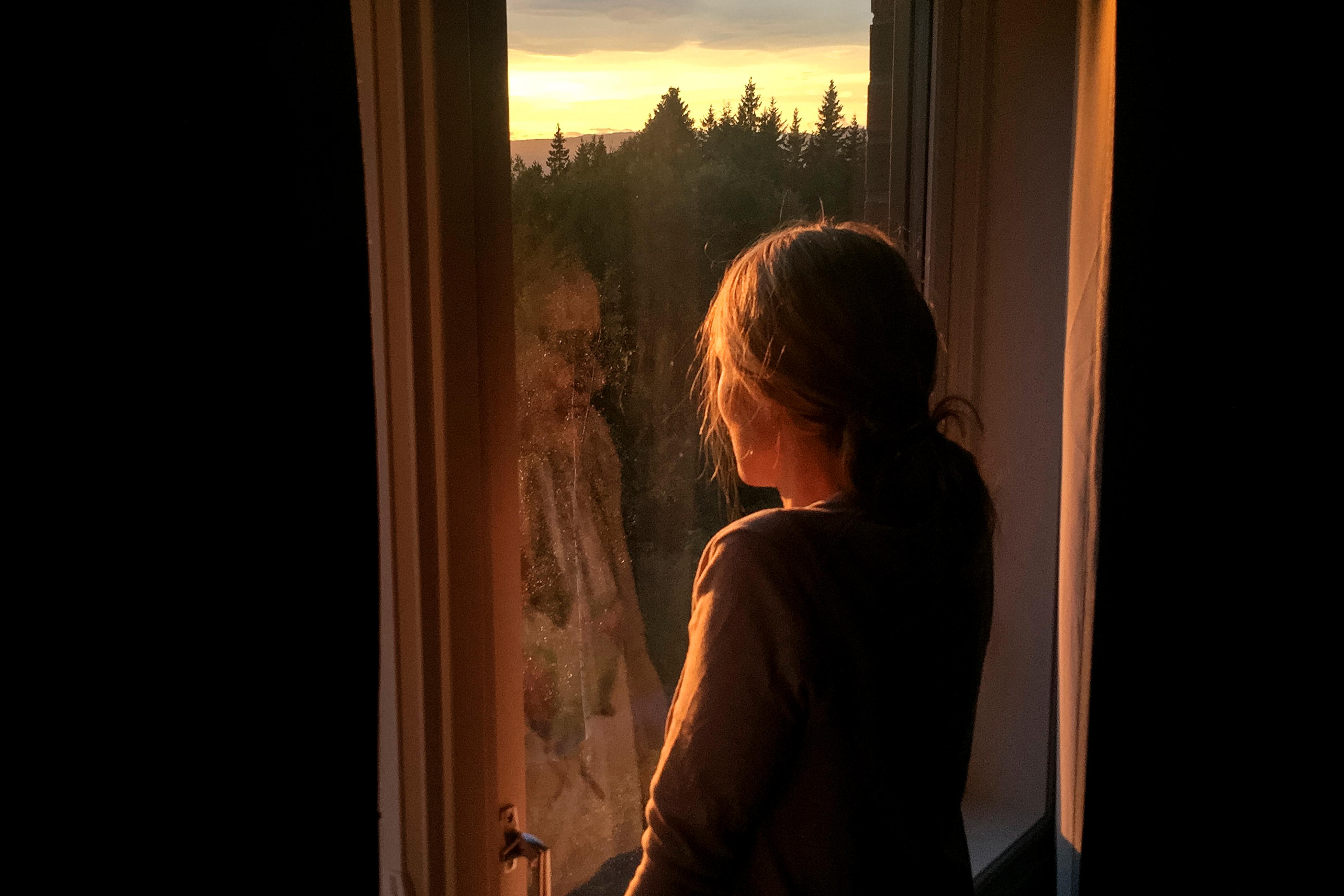It is a remarkable and mysterious fact that a life devoted to beauty can be a good life. Leonard Cohen spent his life writing beautiful songs and literature: ‘A lot of those songs are just a response to what struck me as beauty, whatever that curious emanation from a being or an object or a situation or a landscape, you know,’ he said. ‘That had a very powerful effect on me, as it does on everyone, and I prayed to have some response to the things that were so clearly beautiful to me.’ Cohen prayed to respond to beauty with beauty, and just listen to what his ‘prayers’ – and his sustained effort over many decades – yielded.
The Spanish cellist and conductor Pablo Casals (1876-1973) similarly relied on and returned the beauty of music:
For the past 80 years I have started each day in the same manner.
It is not a mechanical routine, but something essential to my daily life. I go to the piano, and I play two preludes and fugues of Bach. I cannot think of doing otherwise. It is a sort of benediction on the house. But that is not its only meaning for me. It is a rediscovery of the world of which I have the joy of being a part. It fills me with awareness of the wonder of life, with a feeling of the incredible marvel of being a human being.
Beauty sustained and renewed Casals, and in return he gave us all the beauty he was capable of making.
Why is beauty like this? Why is it a value that we can live amid and for? It is difficult to know how to approach these questions, but one of Ludwig Wittgenstein’s quirky remarks about beauty is suggestive:
If I say A has beautiful eyes someone may ask me: what do you find beautiful about his eyes, and perhaps I shall reply: the almond shape, long eye-lashes, delicate lids. What do these eyes have in common with a gothic church that I find beautiful too? Should I say they make a similar impression on me? What if I were to say that in both cases my hand feels tempted to draw them? That at any rate would be a narrow definition of the beautiful.
What does the beauty of an almond-shaped eye with long lashes and delicate lids have in common with the beauty of a gothic church, with its pointed arches and arcades, its sharp and reaching spires? Nothing: their geometries are orthogonal, their aesthetics antithetical. So how are they both beautiful? If you look to the beautiful objects themselves, you will struggle to discover their commonalities, but Wittgenstein suggests that you will notice something when you look to what you do in response to them: the hand wants to draw what the eye sees as beautiful, whether that’s a gothic church, a handsome face, or a stunning landscape. Maybe you don’t draw. You take a picture, write a description, linger in the space, or let it echo in memory. In response to rhythm, you move your body; the dish is delicious, so you ask for the recipe; the outfit is stunning, so you comb through your wardrobe to recreate it. Like Cohen and Casals, you imitate and recreate the beautiful.
Wittgenstein admits that imitation only partially captures the beautiful – it is part of a ‘narrow’ definition – yet he does not take this idea any further. Taking it further requires answering two questions: why does imitation figure in beauty at all? And what other actions might accompany imitation to fill out this way of understanding beauty?
You can appreciate that imitation is not the only aesthetic impulse by looking more closely at the moment of imitation: your hand draws the beauty your eye sees, and then what? You offer it up. The aesthetic impulse to share is at least as strong as the impulse to imitate. Beauty welcomes both. You see a film and share your reactions and interpretations. As I decorate my house, I think of your future visits, hoping you will love the space I create. You dress to impress; our band plays a concert; the chef cannot wait to release the new menu. Beauty is what we find, create, and propagate, either through imitation – creating a copy, another iteration – or through distribution of the thing itself. In her book On Beauty and Being Just (1999), Elaine Scarry writes:
This impulse toward a distribution across perceivers is, as both museums and postcards verify, the most common response to beauty: ‘Addis is full of blossoms. Wish you were here.’ ‘The nightingale sang again last night. Come here as soon as you can.’
Scarry might say that sharing is subservient to imitation, that through it you further the forces of imitation. I lend you a copy of the novel I loved, you read it, and now its beauty resides in both of our hearts. You rushed over to hear the nightingale; you came to Addis to see the blossoms. But sharing is also bolstered by imitation; the process goes both ways. If beauty called only for imitation, then perfect copies would be the most shareable. But you share far better than perfect copies: you share your riffs and tweaks, your inspired alterations and emulations. Even beautiful songs are written and shared ‘as a response’ to nonsonic beauty. You write beautiful essays in black ink about the beauty of blue. Sharing has its own demands and goes beyond imitation in aesthetic life; there is something additionally good in it, something beauty needs and something you need to do in response to it.
But there is another element here, some other ingredient. After all, you don’t imitate and share any old aesthetic thing: you don’t don any old outfit, you don’t order everything on the menu, and so many aesthetic goods you ignore. Why did that outfit inspire? Why did you share that song, play it on repeat, find that specific recipe and recreate the dish? In one way or another, you are moved to imitate and share the things that speak to you, that seem, in one way or another, to be alive with beauty in a way that makes you feel alive. You express yourself. You deploy aesthetic value as a means of self-expression in your aesthetic engagements and interactions. You make your own sensibility concrete in sharing this beautiful thing that somehow speaks to you in particular. You make real, present and social your special connection to beauty in the way you do so many things: laughing, decorating, dressing, cooking, writing, speaking and interacting.
Wittgenstein offers a narrow definition of beauty focused on imitation. Sharing and self-expression add to imitation. Together they make a lovely triad that gives structure to what Plato called ‘begetting’: beauty begets beauty through imitation, expression, and sharing. These actions complement each other. When you recreate that outfit, you do so with some vision of yourself somewhere in mind. Someone shares, you are inspired, and you imitate and share in turn. You listen to an album and fall in love with the music. You play it on repeat, send it to friends, go to shows, and commune with other fans. The music seeps into and articulates your identity.
Aesthetic life is driven by cycles of imitation, expression, and sharing. But notice that you cannot do this alone. Aesthetic life requires another person – the one you imitate or who imitates you; the one who gifts you their song or who is open to your works. When we engage in aesthetic life in this way, we connect ourselves to others doing the same: we share with them, imitate them, or become imitable to them, receiving their aesthetic offerings in turn. When you live your aesthetic life well, you distribute and create new value that resonates with community: you imitate, express and share, and when you succeed, you become genuinely funny, stylish, playful, discerning, musical, poetic, quirky, bold or creative. In doing so, you augment the aesthetic value in the world by adding to it your own beauty – your riffs and tweaks, your insights and enthusiasms – thereby yourself becoming a source of imitation, expression and sharing. In doing so, you keep collective aesthetic life, our practice of aesthetic valuing, alive.
The poet Maggie Nelson falls in love with the colour blue and returns to its surest source, the Pacific Ocean, to produce a poem:
6. The half-circle of blinding turquoise ocean is this love’s primal scene. That this blue exists makes my life a remarkable one, just to have seen it. To have seen such beautiful things. To find oneself placed in their midst. Choiceless. I returned there yesterday and stood again upon the mountain.
In this aesthetic way, together we generate and sustain a wellspring of value – from the exhilarating, wild or fun to the sublime or profound. We create, imitate and share the beautiful things we might ‘pray’ for or to, our sources of ‘benediction’, belonging, attachment and solace. We create aesthetic value that we can turn to in our worst times and our best or, like Casals, every single day.
Adapted from This Beauty: A Philosophy of Being Alive by Nick Riggle. Copyright © 2022. Available from Basic Books, an imprint of Hachette Book Group, Inc.








